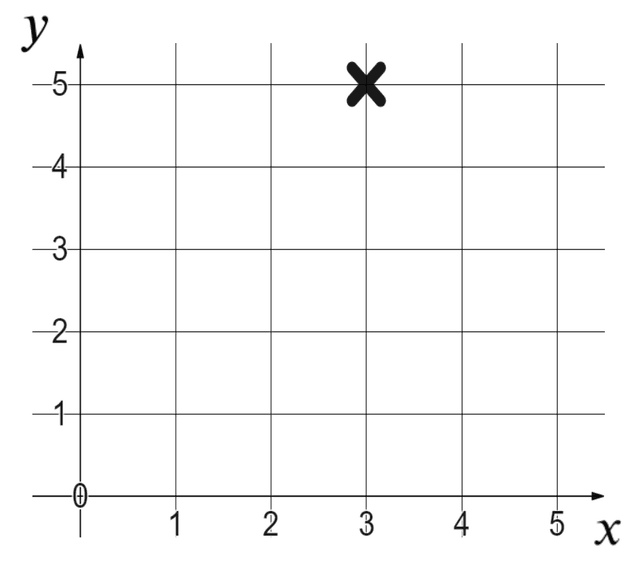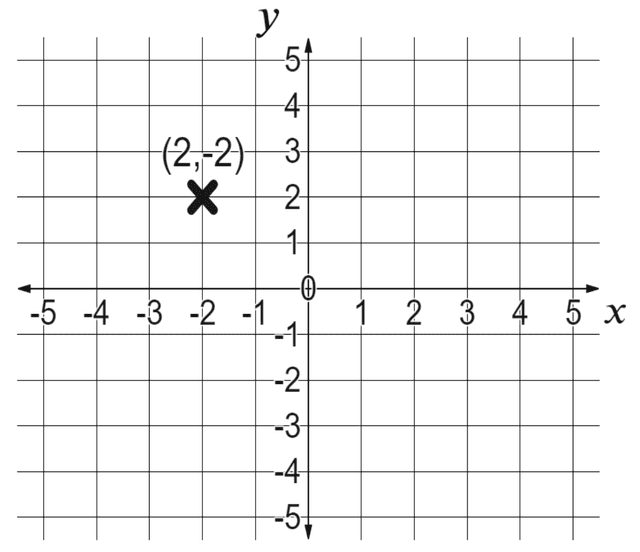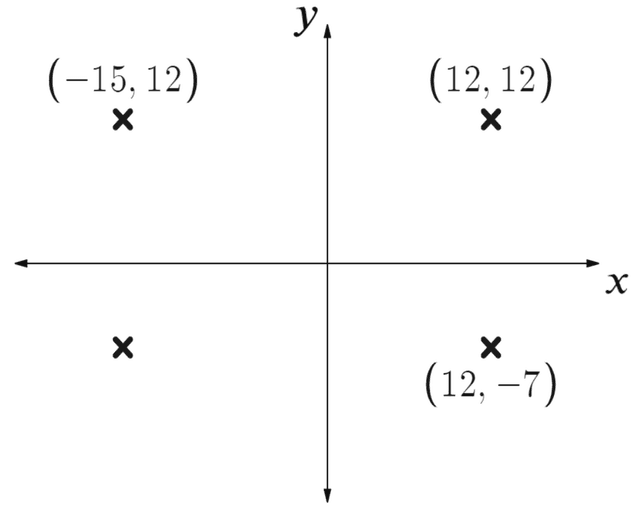Myths about teaching can hold you back


- Year 7


- Year 7
Securing understanding of plotting coordinates
I can plot coordinates in any quadrant.
These resources will be removed by end of Summer Term 2025.
Switch to our new teaching resources now - designed by teachers and leading subject experts, and tested in classrooms.
These resources were created for remote use during the pandemic and are not designed for classroom teaching.
Lesson details
Key learning points
- Coordinates can be plotted in quadrants two and four.
- Coordinates can be plotted in the third quadrant.
- Shapes can plotted in one quadrant.
- Shapes can be plotted in multiple quadrants.
Keywords
Quadrant - A quadrant is any one of the four areas into which a space is divided by the $$x$$ and $$y$$ axes in the Cartesian coordinate system.
Common misconception
(-2,3), (2,-3), (-2,-3) can be confusing as pupils can confuse $$x$$ and $$y$$.
Talk about positive $$x$$-direction, negative $$x$$-direction. This will help the students to visualise which quadrant to plot in.
To help you plan your year 7 maths lesson on: Securing understanding of plotting coordinates, download all teaching resources for free and adapt to suit your pupils' needs...
To help you plan your year 7 maths lesson on: Securing understanding of plotting coordinates, download all teaching resources for free and adapt to suit your pupils' needs.
The starter quiz will activate and check your pupils' prior knowledge, with versions available both with and without answers in PDF format.
We use learning cycles to break down learning into key concepts or ideas linked to the learning outcome. Each learning cycle features explanations with checks for understanding and practice tasks with feedback. All of this is found in our slide decks, ready for you to download and edit. The practice tasks are also available as printable worksheets and some lessons have additional materials with extra material you might need for teaching the lesson.
The assessment exit quiz will test your pupils' understanding of the key learning points.
Our video is a tool for planning, showing how other teachers might teach the lesson, offering helpful tips, modelled explanations and inspiration for your own delivery in the classroom. Plus, you can set it as homework or revision for pupils and keep their learning on track by sharing an online pupil version of this lesson.
Explore more key stage 3 maths lessons from the Plotting coordinates unit, dive into the full secondary maths curriculum, or learn more about lesson planning.

Licence
Prior knowledge starter quiz
6 Questions
Q1.We call the vertical axis in the Cartesian coordinate system the __________.
Q2.Which language best describes this coordinate position?

Q3.What is this coordinate?

Q4.What's wrong with the labelling of this coordinate?

Q5.Match the coordinates for the vertices of this rectangle.

A -
$$(5,3)$$
B -
$$(3,5)$$
C -
$$(0,2)$$
D -
$$(2,0)$$
Q6.Alex says, "That's the coordinate $$(2,4)$$. I've gone right two squares and up four". What has Alex misunderstood?

Assessment exit quiz
6 Questions
Q1.The four areas into which the Cartesian coordinate system is divided by the $$x$$ and $$y$$ axes are called __________.
Q2.Match the coordinates to the quadrant in which you would find them.
$$(4,1)$$ -
1st quadrant
$$(-4,1)$$ -
2nd quadrant
$$(-4,-10)$$ -
3rd quadrant
$$(4,-10)$$ -
4th quadrant
Q3.What is this coordinate?

Q4.What's wrong with the labelling of this coordinate?

Q5.This rectangle's sides are parallel to the $$x$$ and $$y$$ axes. What is the missing fourth coordinate?

Q6.What is wrong with these axes?


